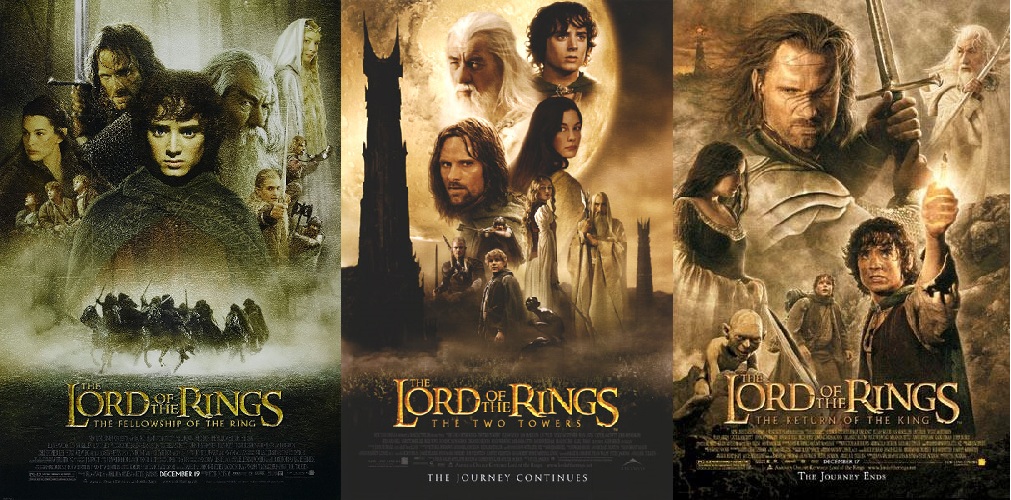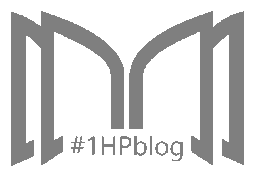The Soul of Fiction Writing: Drawing the Line between Moral and Theme
Posted on May 07, 2019
Have you ever been asked what the moral and the theme of a fiction are, only for you to go, “Uh, aren’t they the same?” We know it’s blurry, but we’re here to help you draw the line.

We’ve all been there. Writers and readers often interchange the terms moral and theme. As kids who loved bedtime stories and fairy tales, we were always asked what the moral of the story is or what we learned. But as we grew up, they started asking us for the theme, which we thought is just another term for the moral. So if you’re one of those adults who still mix up the moral and theme, read on.
So, what’s the difference?
The Question: THEME
Think of the theme as the topic you want your readers to ponder on. Say, the “difficulties of adolescence”? Or the woes of “being in love”? The “struggle to survive”? How about friendship, honesty, greed, selflessness, and other values? These everyday experiences and concepts are all examples of themes.
The theme is the overall message of the novel: the central idea or soul of the story. It’s usually an abstract concept, an experience, a value, or a reality of life. You’d typically state your theme in one to three words, but you can always exceed that if it suits you. Just don’t forget that it’s a subject, not a full sentence.
The story’s premise always reflects the theme. Symbolisms and metaphors and the way characters act are also indicators. For example, if your theme is “moving on from heartbreak,” then the setting can be transitional, like moving to another country. Then something like the protagonist’s desire to change into a new style of dressing up can represent their moving on.
If this were your story, your theme would be your current situation or the problem that you often think about. A popular example is a teenage boy or girl going through the familiar hell that is high school (and falling in love in the process!). The theme is adolescence, or coming of age. When looking for the theme, always remember that it gives the topic but not what to think of it.

The Answer: MORAL
Those tearjerker moments at the end of a novel where everything’s finally turning out okay? That part where the protagonist finally realizes what they need to do to make things right? That’s where the moral is.
The moral is the lesson found at the end of the story. It’s more specific and connected to the character’s actions. This is usually said blatantly by the narrator or the protagonist, like this: “Follow your heart and it will lead you to happiness.” The moral always comes in a sentence or two, just like any advice you get.
If the theme gives you the topic, the moral gives the direction or stance. It gives you the answer to the question that was asked right from the beginning. In our favorite Beauty and the Beast, we find Belle forced into living with the scary Beast, whom she has to fall in love with and kiss to break the curse. Surely, you wondered, “How can Belle love a temperamental monster?” Cut to the end and we have Belle fall in love with the Beast and his kindness—and her kiss breaks the curse. As the enchantress points out, true beauty is found within. Don’t worry, it’s not really necessary to state the moral outright. It’s also acceptable to imply it, as some modern fiction has done.
So to get this straight, theme and moral are both messages found in a story. The difference is that the theme is more general, asks a question, and makes you think. On the other hand, the moral is specific, gives an answer, and offers advice. And now that we’ve drawn the line between moral and theme, let’s practice with some more examples!

Identifying the Moral and Theme of Popular Works of Fiction
Let’s get to know moral and theme better by finding them in popular works of fiction. For starters, let’s go with the romance classic Pride and Prejudice by Jane Austen. Lucky us, the title easily gives away the theme. Elizabeth and Darcy could not connect with each other because of their judgments of their respective social classes. However, in the end, they fell in love because they finally understood each other. The moral: don’t judge a book by its cover. You don’t know if your true love is hiding in those pages.

Let’s go fantasy, The Lord of the Rings trilogy. The theme is power and greed, represented by the titular, ever-so-charming Ring. True to the theme, whoever possesses it becomes corrupt. In the end, Frodo Baggins, with the help of his loyal BFF Samwise Gamgee, successfully threw the Ring into the fires of Mordor, freeing themselves from its corruption. Frodo could not have done it without Sam (I mean, have you seen Frodo?!). So the moral here is that we need our friends to help us stay on the right path and succeed.

On a related note for the winning power of teamwork, our final example is The Hunger Games trilogy. The theme is blatantly about social oppression, as represented by the government-mandated Hunger Games. Katniss fought for her life in the brutal games, only to be put back in the next round. She and her companions sought to right these wrongs and incited a rebellion against the system—and of course, they succeeded. And you, dear reader, have also succeeded in identifying the moral: fight for what you believe in.

That should cover everything. Remember, when setting the theme and moral of a novel, think about what aspect or truth about life you want to talk about. What is the topic that you want to introduce to your reader? That’s your theme. Then what do you want your readers to do about it? What value do you want to teach them? That’s your moral.
Now before you go about with the moral and the theme of your fiction-writing project, why don’t you practice first by picking apart your favorite novels? It will be fun, and it will certainly be educational! We hope that theme and moral are well-defined at this point. Should you have questions about the topic or anything else fiction writing, just let us know and we’ll be right here to help!
Sources:
Disclaimer: Images are not ours. Credit to the owner.
About 1-Hour Proofreading
1-Hour Proofreading is a growing start-up offering fast and efficient editing services at a reasonable price with the assurance that the document is publication-ready the soonest you need it. Its team of highly competent professional editors is committed to helping those in need of quality editing services while facing tough deadlines.
Visit 1hourproofreading.com for more details.
Follow us:
Back to Grammary



